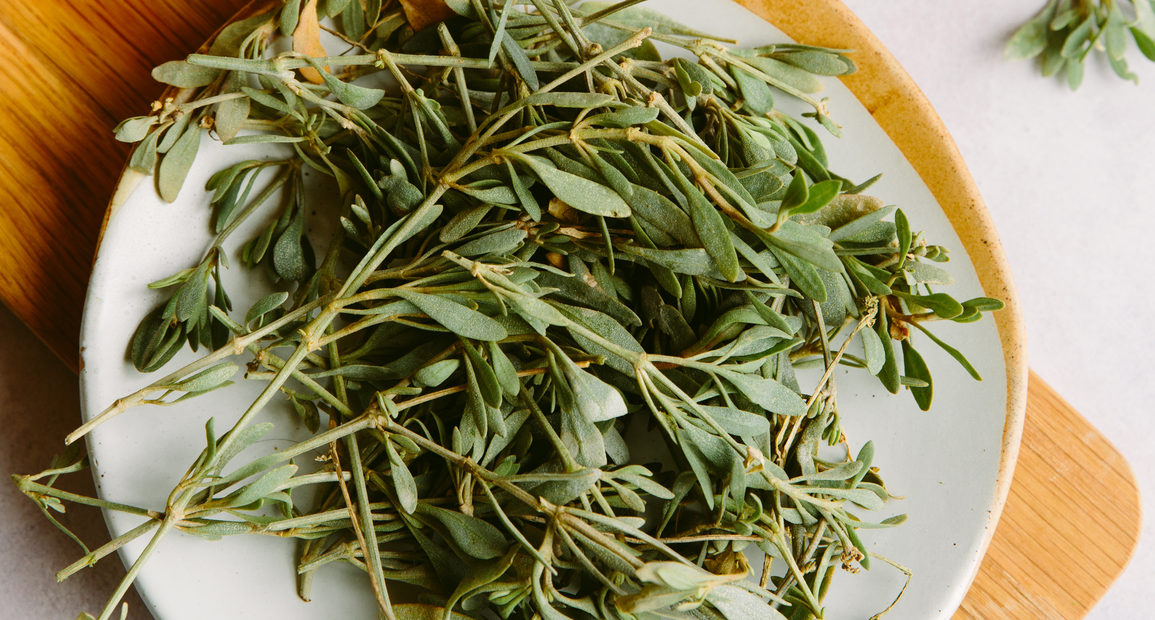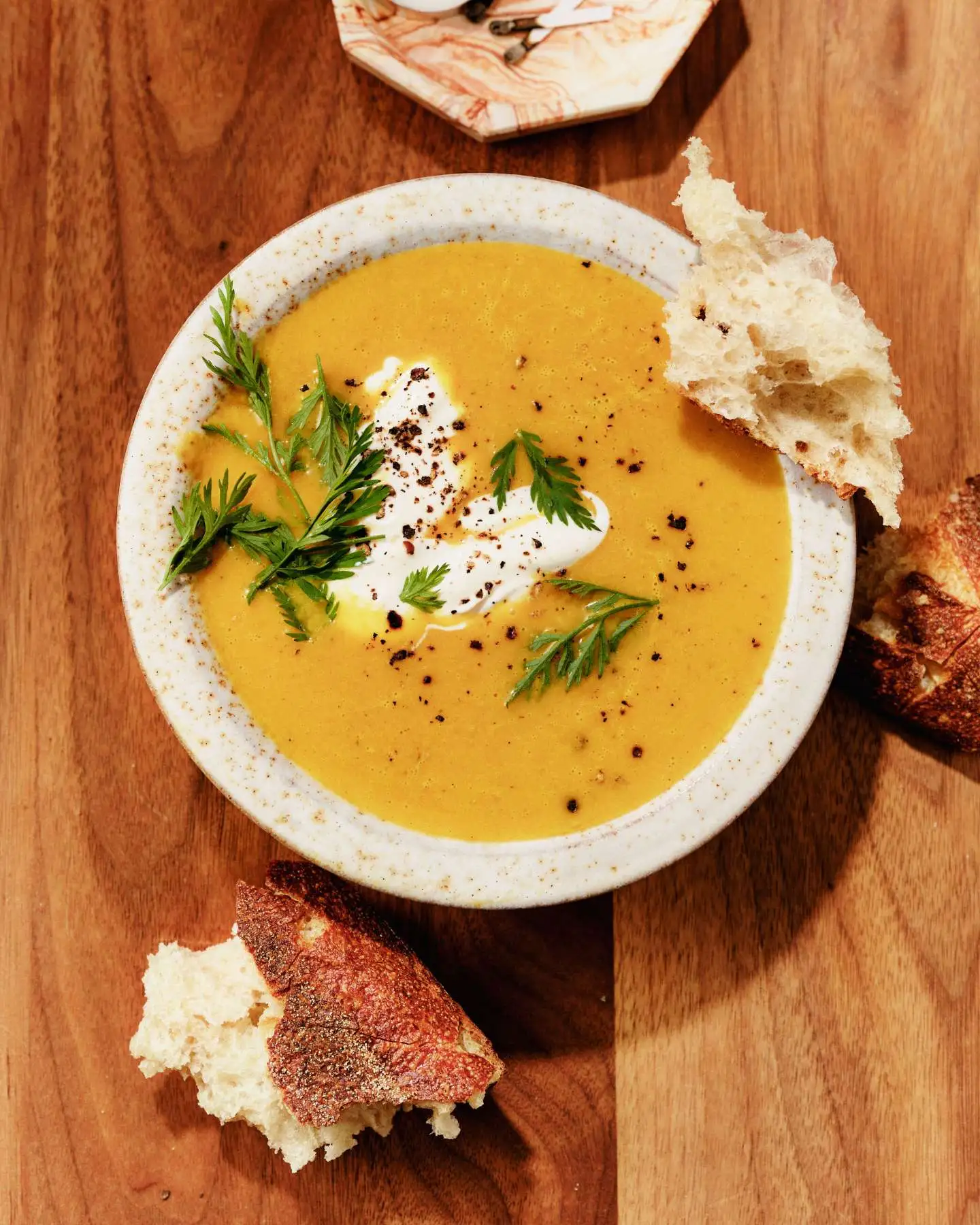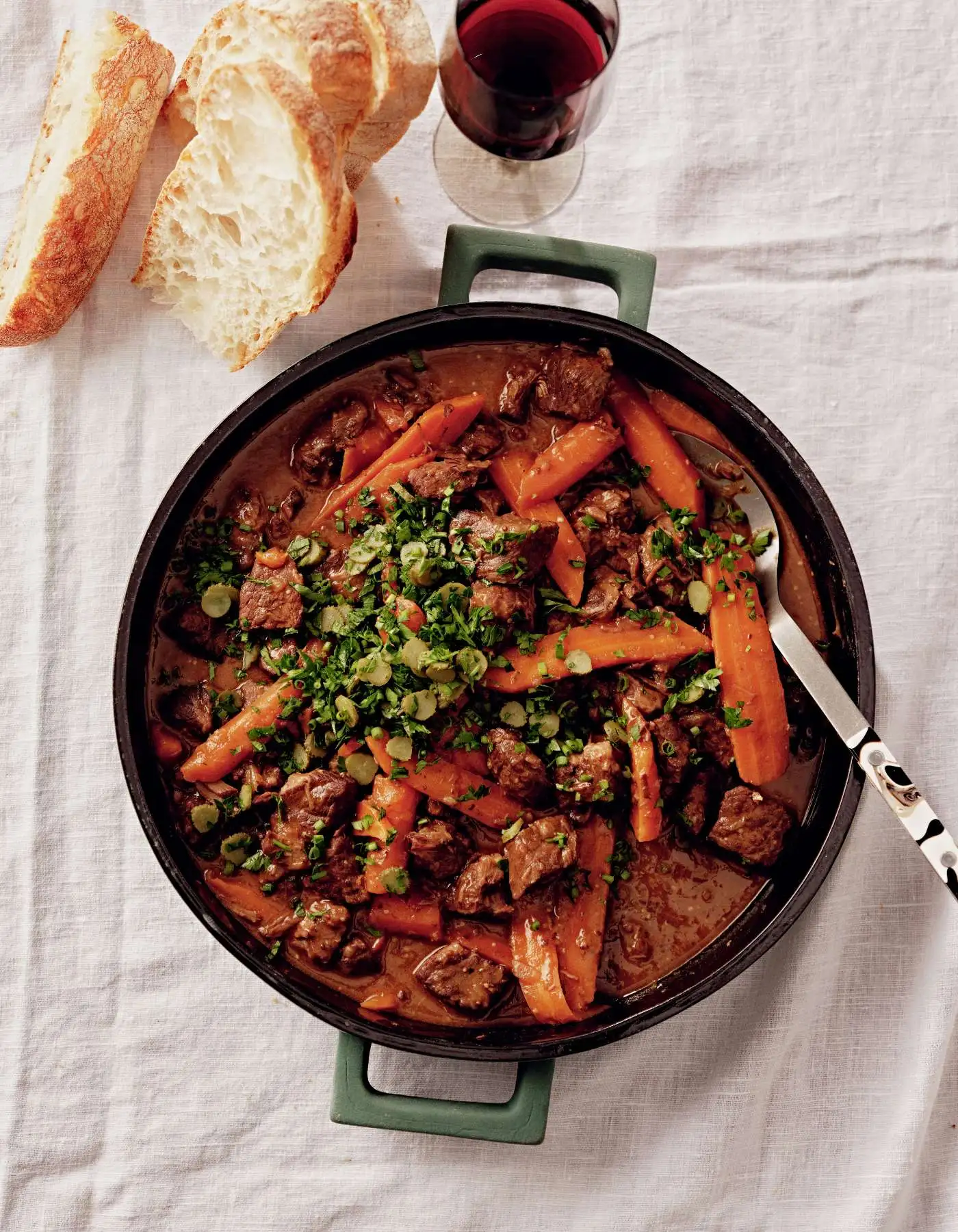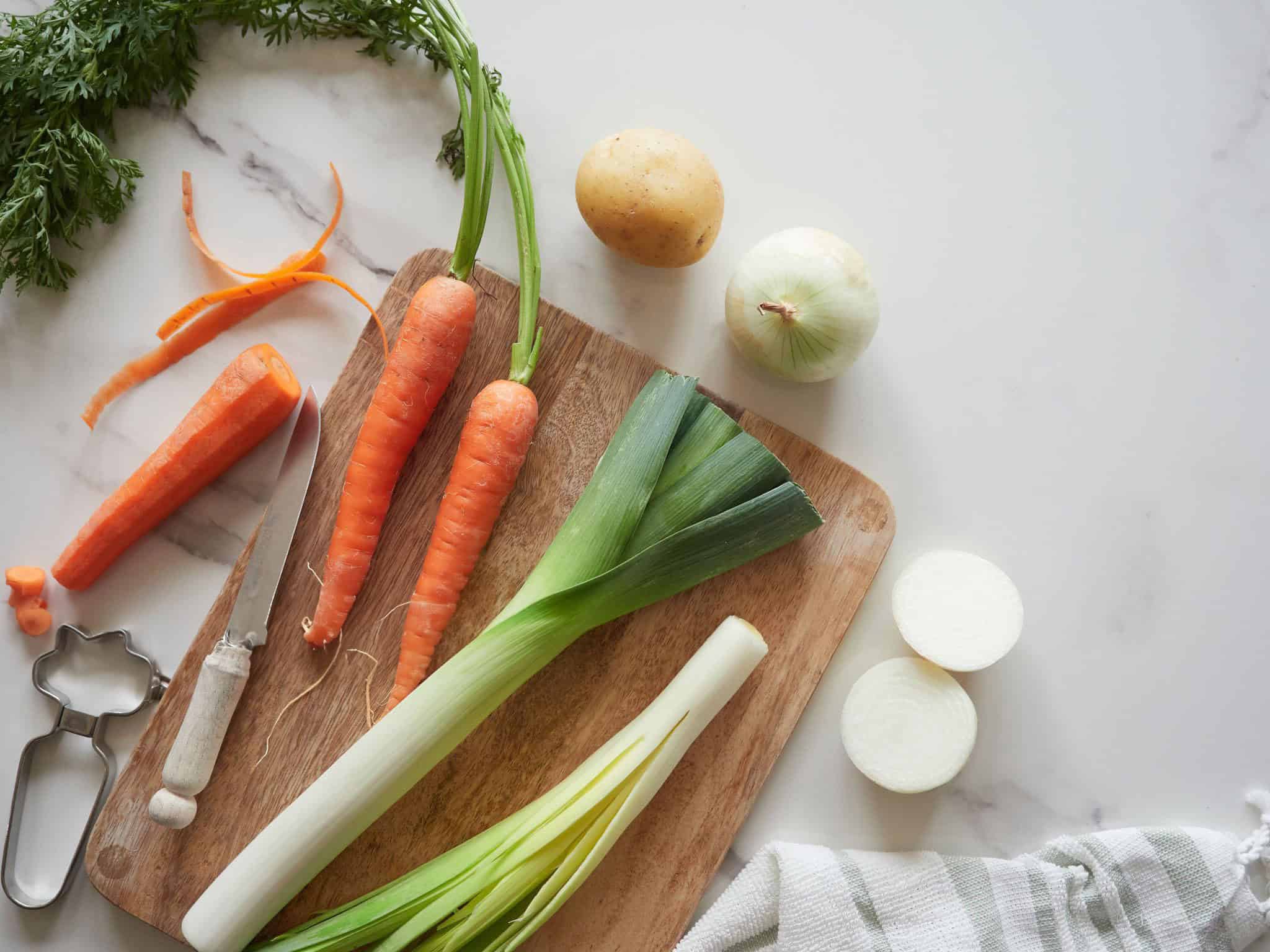We all know that fruits and veggies are the foundation of a healthy, wholesome diet. But it’s so easy to get stuck in a food shopping rut.
You know, when you buy the same produce every. single. time. We’ve been there – but then we discovered seasonal eating. We asked Alessandra Antonio, a holistic nutritionist and Founder of TakeCare Nutrition, to break it down for us.
What exactly does it mean to eat seasonally?
Eating seasonally means that we allow for the natural growing and ripening stages of our produce to take place before purchasing and consuming them. I’m often telling clients to approach food as our ancestors did: eat produce when it grows, just how it came out of the earth.
Ok, got it. So why is that so important?
It’s important to eat seasonally, not only for our own health but for the health of the planet we live on. Produce that’s ripened completely on its parent plant is more nutrient-dense, tastes better, and is free from harsh chemicals to maintain its aesthetics and shelf-life. When produce is harvested before it’s ripe, it hasn’t achieved its full nutrient density, nor has it been given the chance to grow in flavor. The chemicals used to maintain how the produce looks, how long it lasts when shipped, and in the store have an environmental impact and long-term effects on our body (like increased inflammation and risk for cancers). Inflammation can even be the reason for weight gain and other eventually life-threatening and life-shortening conditions like heart disease, diabetes, and more.
Well, that makes us really re-think our grocery carts. What’s in-season in the winter?
In the winter, focus on hearty, feel-good foods like potatoes and sweet potatoes, carrots, squash, lentils, and pumpkin. Think root vegetables and soups!
Yum! How about spring?
In the spring, think lighter, fragrant foods like apples, lemon, cabbages, and even some heartier vegetables like cauliflower, broccoli, and asparagus. These vegetables go great with any variety of proteins and light grains, as opposed to the heavier soups and sauces of winter.
Ok, we’re in. How do we go about shopping seasonally?
Shop local and organic! Local, organic farms grow their produce in-season when the weather and climate are perfect for the parent plant to grow, and without harsh chemicals. It’s very common for people to think that a beautiful, big vegetable is better for them — but the truth is, that locally and organically grown produce loses some aesthetics and size but gains taste and nutrients. Not to mention, it’s usually a little cheaper!
Now that we can get behind. Once you have these ingredients, how do you turn them into meals?
Given my work schedule, I plan my meals and food shop before the start of the week. I like to have a variety of options in my fridge to create meals with. My rule of thumb is two vegetables, two grains, and two proteins to mix and match. When I consider my meals this way, it helps me to consider how I shop and what meals make the most sense for the season. If you think about each meal as a combination of grain, veggie, protein with the plant product as the hero of the dish, it becomes easier to get decisive about the plants you’re consuming!
Alessandra Antonia is the Founder of TakeCare Nutrition, a holistic nutrition practice with a focus on approaches to food, digestive issues and intolerance, and confidence in the kitchen. In her time away from health, Alessandra works as a Content and Community Manager at both Crown Affair and MyHare, leading initiatives in campaigns, social media, influencer marketing, and more. Alessandra resides in Brooklyn, New York.
Share your seasonal shopping lists with us @casadesuna.






